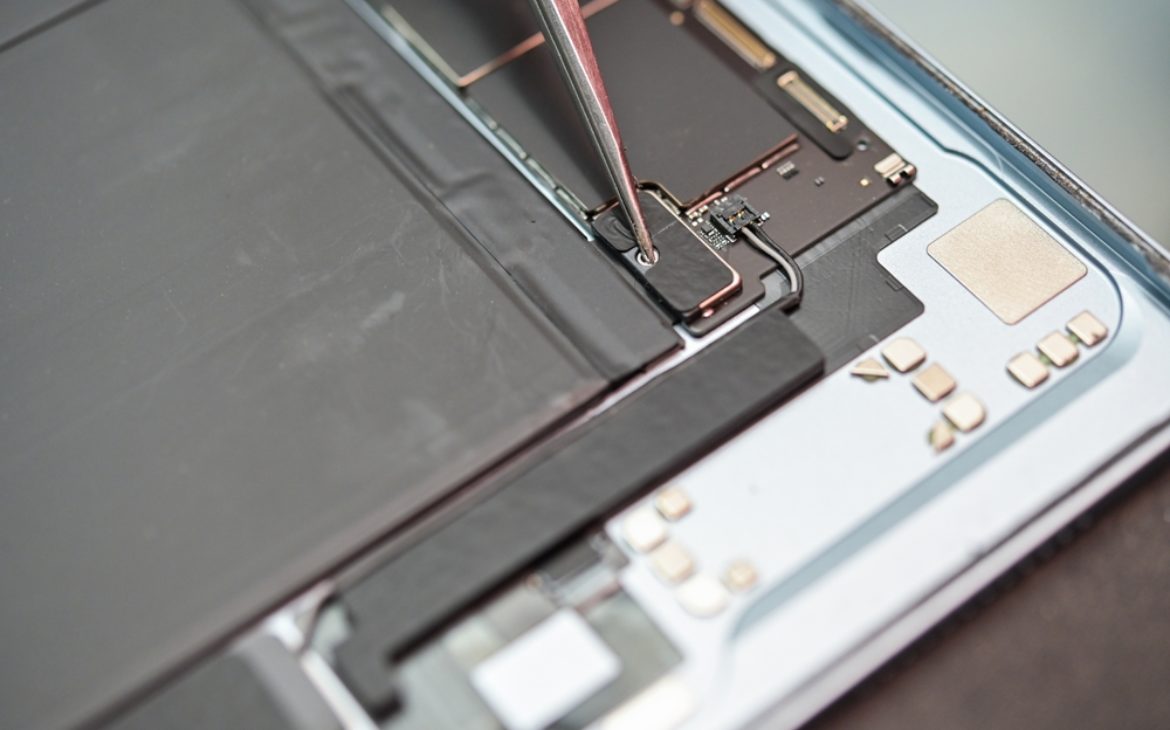The latest iPad Pro boasts several important updates. In addition to the improved device in terms of performance due to the new M4 chip, a big improvement has also come in the form of an OLED screen called Tandem, which many users say is the best screen currently available on the tablet market.
The M4 chip is very powerful, and the reveal of that processor together with the new iPad Pro was necessary so that the Tandem screen could work “in tandem” with the chip. This is the first time that a new generation of Apple Silicon chips has been introduced for the iPad and not for the new version of the MacBook.
Notwithstanding the new chip and great screen, the new generation of iPads manages to be even thinner than its predecessors, which is a real engineering feat on Apple’s part.
One of the problems that the iPad constantly faces is the inability of its software to take advantage of all the advantages of the hardware, which is why it still has the connotation of a powerful toy and a device primarily intended for content consumption. Only a few apps used by professionals (primarily Final Cut, DaVinci Resolve, Logic Pro X and some of Adobe’s creative programs) have iPad support, but outside of these applications, there is still no support that would turn the iPad into a real replacement for a computer or laptop.
Improvements in repairability
Although Apple is infamous for the fact that in most cases the malfunctions of their devices require the purchase of new ones, due to the new EU directive and the increasing pressure from consumers to change the products and make them repairable, Apple gave in to the criticism and started to design their products to be more accessible for repair technicians and amateurs who do not want to throw away the device due to some minor defects that could be easily repaired.
So, for the first time, the iPad Pro is designed in such a way that the components that most often require repairs are easily accessible to both expert and amateur repairpersons. Now, as soon as the screen is removed, in a few steps we can also change the battery, which was previously “buried” deeper in the casing.
This small victory means a lot to all right-to-repair advocates, as it is the first sign that Apple is faltering in its philosophy that only “Apple geniuses” should repair Apple devices.
